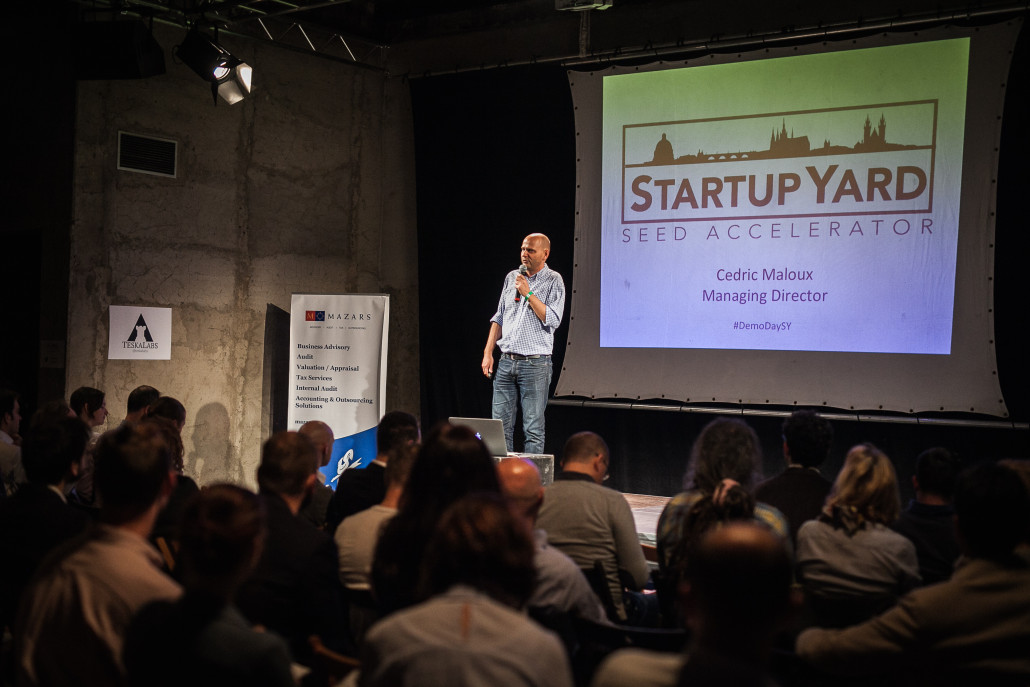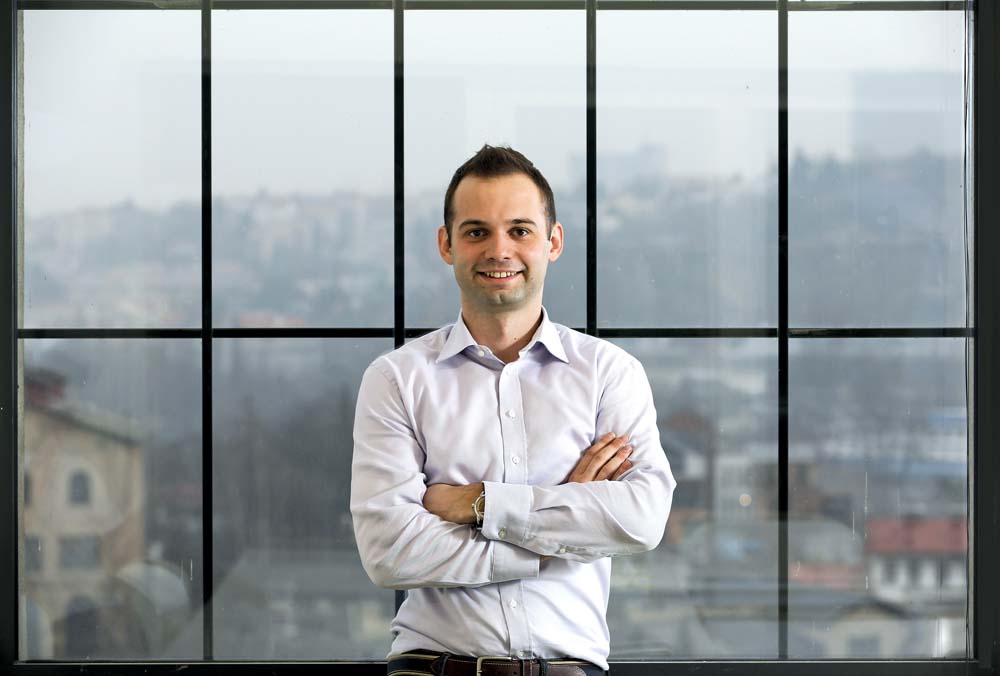StartupYard 2016 Applications Are Now Open! Mobile, Data, IoT
StartupYard is happy to announce that applications are now open for StartupYard 2016. This will be StartupYard’s 6th overall cohort of startups, and Managing Director Cedric Maloux’s third.
Applications Close November 1st, 2015
Applications will be open until November 1st, 2015, and as was the case last year, StartupYard will share an application pool with our CEED Tech partners. For startups, this means that all teams who apply to StartupYard will have the opportunity to list any of the CEED Tech accelerators as a “second choice,” and these accelerators will have the opportunity to evaluate those teams when and if StartupYard decides not to invite them to our program.
Acceleration Starts January 2016
The application review process will proceed through November and December, with our selections being made by the new year. Selection will proceed from written applications, to intermediate steps which will be announced to the pool of applicants directly. At the end of the process, we will invite between 15 and 25 finalists to visit StartupYard, where we will make our final selections.
We have decided to make some changes in the way we conduct our selection process, in order to give a fairer and more complete opportunity to every startup that chooses to apply. These changes mostly apply to the middle of that process, where differentiating between startups that are ready for acceleration, and those that aren’t, is the most challenging. We’ll talk more about that in a future post.
As with the previous cohort, we will aim to select between 7 and 10 teams to invite to the program.
For some perspective on the final selections (and how difficult they can be), for the 5th cohort, we invited about 15 teams to final interviews out of a pool of about 240, from which we invited 9 to join the program. In the end, the cohort included 7 teams, of which one was subsequently fired, leaving 6.
It is an accomplishment to be selected for final interviews (less than 10% of companies are), and we do hope to see those who we selected last year applying again this year, if they are still interested.
€550,000 In Available Funding
Terms between each of the 5 CEED accelerators are similar, with €30,000 of seed funding available for each of up to 10 teams, per accelerator. For participation in the accelerator program, StartupYard takes a 10% equity stake in each of its portfolio companies.
As part of our program, StartupYard provides office space at our homebase Node5 for the full three months, meals for the first month of the program, dozens of invaluable, exclusive workshops from industry experts, including representatives of Google, Seznam and others, and more than 500,000 Euros in program perks, provided by corporate partners and sponsors like IBM, Microsoft, Mazars, SendGrid, Google, Softlayer, and many others.
In addition to the €30,000 available as part of a European Commission grant program called Fi-Ware, an additional €250,000 in follow-on grants (given free of any equity exchange) will also be available following the 2016 program.
These follow-on grants are given through the EC at the recommendation of StartupYard, and can be awarded in varying amounts, usually tied to the startups also gaining outside investments.
Data, Mobile, and IoT, Global Products, Platforms
As in previous cohorts, StartupYard’s continuing focus will be on companies that leverage data and mobile technologies for products with global applications. We are seeking teams that have a proof of concept, and ideally are already working with a few customers, and looking to scale globally.
What does global mean? In general, it means that StartupYard accepts teams that are working on ideas which can be marketable and disruptive regardless of their geographic location. Language independent, and globally scalable products are our “bread and butter,” and a look at our most recent cohort gives an idea of the sorts of products that we might be interested in.
As you can tell from browsing our portfolio, StartupYard particularly favors companies that are developing unique and valuable platforms that leverage big data and are attractive to mobile users and enterprises.
Some of our biggest successes, including BrandEmbassy, Gjirafa, Travelatus, Shoptsie, Trendlucid, and BudgetBakers, among others, whose technologies now together serve millions of users worldwide, are SaaS platforms that leverage big data sources to provide value to businesses, as well as end users.
At the same time, StartupYard is not afraid of entirely new ideas, and we have considered and accepted startups in the past that are in an earlier stage of development, even without a working proof of concept.
If your team is hard working and passionate enough about your ideas, there is no absolute minimum requirement, either in your level of experience, or in your progress on the project you want to pursue. We invest in people, even more than we do in their ideas. So if you believe in yourself and your ability to follow your passion, then you should definitely apply for StartupYard.
IoT: Big Data Gets Physical
Finally, this year, StartupYard will also be welcoming teams with products in the realm of Internet of Things (IoT). While we are not a device accelerator, and so will not be focusing on design and development of physical hardware, we will consider teams with fresh and interesting ideas about leveraging IoT data and devices to make life better for users, or to help enterprises find new efficiencies.
Conservative estimates, including those of Gartner, suggest that the Internet of Things will encompass at least 26 Billion connected devices by the year 2020. Higher estimates reach up to 10 times that amount.
Clearly then, with an order of magnitude more devices connected to the internet than people in the next decade, there will be an increasing need for platforms and applications which are able to manage, control, analyze and utilize these networks of devices for a universe of new purposes. StartupYard is interested in your take on the future of IoT, and so we will be considering applications from this field with increasing interest this year.
B2B, B2C, B2B2C, Human-Centered
At the same time, StartupYard is most interested in projects that are “human-centered.” Instead of abstract or academic exercises employing IoT, or big data, we prefer projects that speak directly to the human experience, and to human behavior. How can we make people’s daily lives better– either in the way we work or live, or in the way we accomplish the simplest or most complex private tasks?
We have no preference regarding the market for these ideas, whether it is a B2B or B2C idea, as long as that market is a global one.
With one exception: We are not particularly interested in startups whose primary business model is advertising. Startups are much more likely to interest us if they have a transaction-based business model in mind.
Is your startup reliant on the local market, or is it globally scalable? Is it advertising based, or transaction based? Is it just a cool feature, or does it solve a real problem?
These are the questions that any applicant to StartupYard should ask themselves about their product ideas, because they are certainly the first questions we will ask about them ourselves.





















